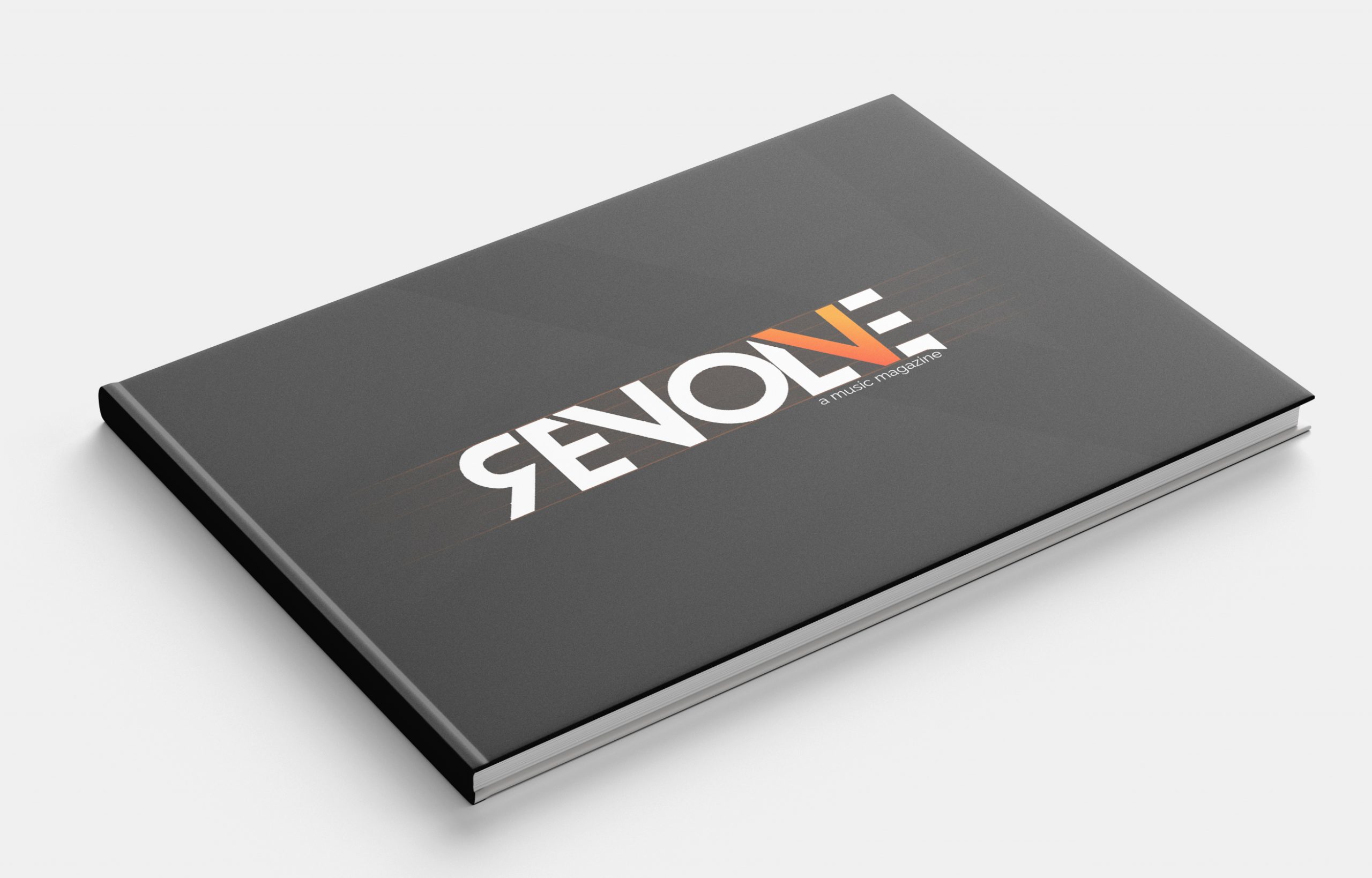Ghanaian rapper RBD starts 2025 with the release of “RUDE”, his latest solo album after the 2024 joint project “Addicts Anonymous” with Kookusi. The project delves into themes of defiance, heartbreak and ambition.
As both an artist and a lawyer, RBD brings a duality to his music that’s reflected in the album’s narrative. The title itself, RUDE, encapsulates the album’s defiant tone—a declaration of readiness to claim space in the industry and life at large.
However, while the themes are well-articulated, the album’s creative direction feels uneven. It struggles to fully coalesce into a cohesive project, leaving listeners with a mix of admiration and unmet expectations.

Breakdown of the Album’s Strengths, Weaknesses and Standout Moments:
Thematic Depth and Execution
RUDE, wears its themes boldly on its sleeve. R.B.D navigates the complexities of his dual identity as a lawyer and musician, reflecting on personal struggles, the varying nature of heartbreaks and the grind of rising from obscurity to recognition. The title itself, RUDE, encapsulates the album’s defiant tone—a declaration of readiness to claim his space in the industry and life at large.
However, while the themes are well-articulated, the album’s creative direction feels uneven. The artwork, for instance, fails to complement the sonic and thematic richness of the project, leaving a disconnect between the visual and auditory experience. Additionally, while individual tracks shine, the album as a whole lacks a strong sense of cohesion, often feeling like a collection of standalone songs rather than a unified narrative.
Standout Features
One of the album’s undeniable strengths lies in its featured artists, who bring their A-game and elevate the project. R.B.D’s curation of guest appearances is thoughtful, with each feature aligning seamlessly with the track’s mood and message.
Production and Sonic Diversity
The production on RUDE is a mixed bag, ranging from stellar to underwhelming. Tracks like “Villain” and “Crossroads” showcase innovative beats that blend traditional Ghanaian sounds with modern Hip-Hop, creating a unique sonic identity.
The album’s diversity in sound is both a strength and a weakness. While it keeps the listening experience fresh, it also contributes to the lack of a cohesive sonic thread. The transitions between tracks could have been smoother, with more attention paid to how each song flows into the next.

Lyricism and Delivery
R.B.D’s lyricism remains one of his strongest assets. His ability to weave intricate wordplay, cultural references, and personal anecdotes into his verses is commendable. Tracks like “How to Bleed a Mic” and “Graveyard Business” highlight his technical skill and confidence as a rapper.
However, there are moments where his delivery feels overly calculated, lacking the raw emotion needed to fully connect with listeners. Nonetheless, his flow and range are impressive.
Final Thoughts
The album shines in its guest features and select tracks, particularly “Flowers”, “Crossroads”, and “Heartbreak”. However, the creative direction falters, with the artwork and overall project lacking cohesion.
While the individual songs hold potential, the album feels disjointed and fails to deliver a lasting impact. RBD’s lyrical skill remains impressive, but future projects would benefit from tighter execution and a clearer creative vision.









